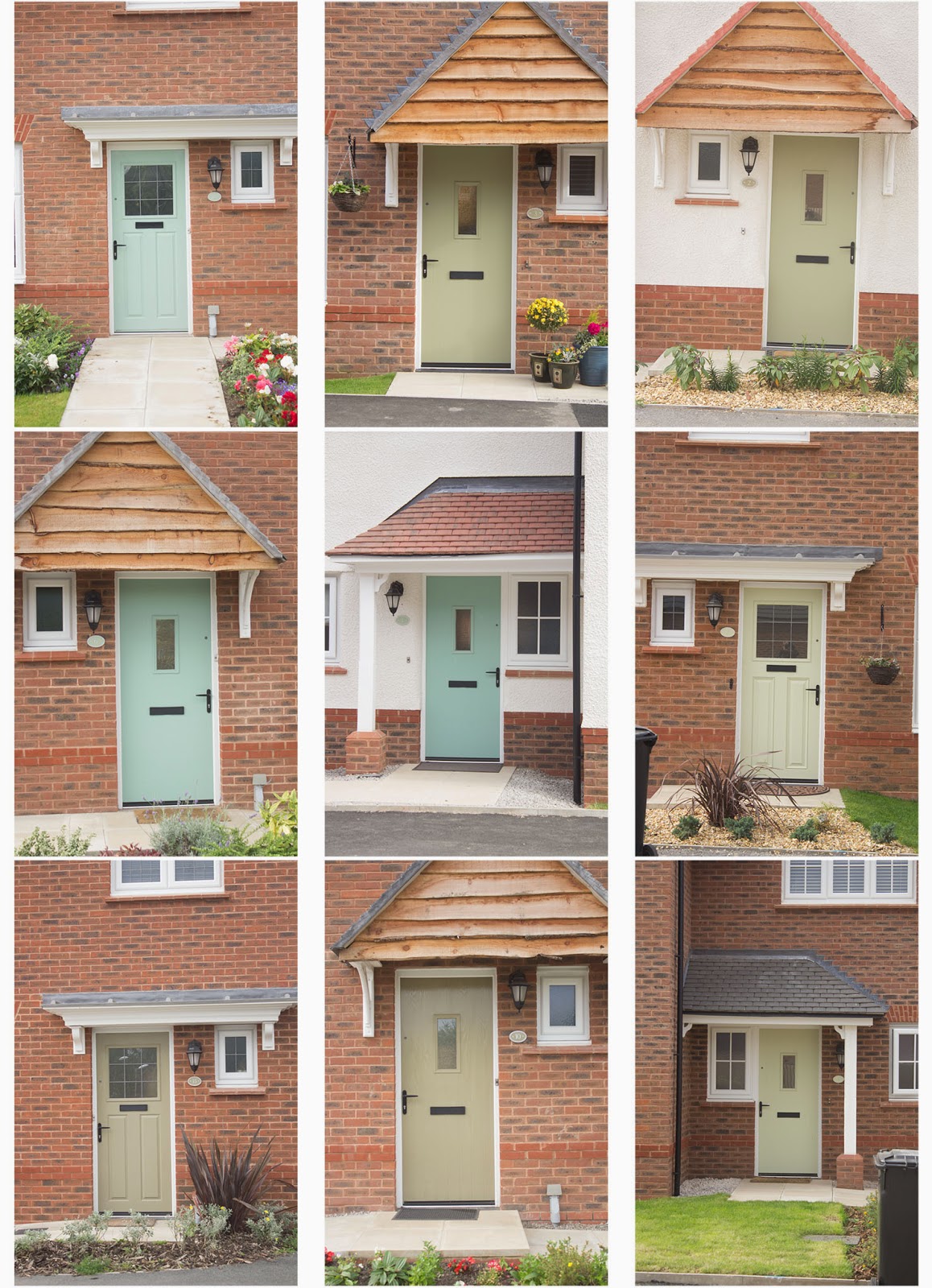My Typologies
A typology is a series of images of the same type of thing displayed in a grid to compare the similarities and differences between them.
This was the first typology i shot. it was of trees. i decided to photograph the bark of the trees as the bark of the tree is individual to the tree and is easier then taking a good picture of a whole picture
my second typology is of leaves. it was quite hard to find leaves with the right background and that different. all the leaves in the bottom left corner look the same.
near by was a new housing estate. at first glance the front of each house looks the same but when looked at together you see how different each is.
This typology is of one hundred 1p coins. these coins are all old coins that, as you can see, have had a fairly rough life. I'am pleased with this typology because it shows the tiny variations in the colour of the coins which compliments the colouring of the dirt path I'd laid the coins out on. I chose to do 100 coins for greater emphasis on the differences between them and to create an overall unifying pattern. Unlike Ruff who used colour in his background I chose to use a neutral background which is very textured. This is my favourite typology as it works the best as an example of a typology showing the similarities and differences between them.
The worker bee of Manchester is placed on everything but these examples are placed on bin.The black background really makes them stand out and shows the differences in colour shade. The Worker Bee of Manchester symbolizes the hard work of Manchester during the industrial revolution. This work links to the Bechers work as it also references the industrial past but in a symbolic way.
This typology is formed out of one hundred QRCodes that all lead to vastly different and interesting websites. although these weren't photographed I thought it would be interesting to see lots of QRCodes next to each other in the style of a typology. When seen individually they all look the same but when seen in this grid you can see how different they are. They all have a very intricate patterning which are separated by a clear grid pattern. It has an optical effect in that when viewed from afar the codes are hard to see and the lines stand out but when viewed up close the lines become hard to see as the codes become clearer.
This is the final typology I shot. This typology is of RAM chips. Each chip is made by a machine to be exactly the same but when we put them together we feel the differences between them although we may not be able to see it. for example when you look at them you immediately categorise them into blue and green and your eye travels through the colours. They have a uniform length and width wich makes them part of the same set but the number of 'boxes' changes which emphasizes the variation.
I have enjoyed studying typology as a photographic technique. It was interesting to see the small differences in things we would often see as the same. This was a new way of photographing subjects making you focus on the individuality of objects, particularly that are not seen as interesting or not usually photographed. I chose two contrasting photographers to study. The Bechers used typologies to document disappearing industrial buildings and looked at the design qualities of industrial structures. Ruff used typologies to compare and contrast different people. Its the absence of a background or a landscape that makes it possible to examine the subjects in detail and I found this interesting.
Page 3







No comments:
Post a Comment